For the second week of art class, we focused on liquid watercolors. We began with an oil pastel/watercolor resist technique where the combination of an oil pastel drawing and watercolor painting creates a resist effect. The oil pastel resists the watercolor and shows through the painting!
The 2s classes practiced making marks and drawing shapes. Then painted over their drawing with liquid watercolors.
Of course glitter was involved and some children chose items from the shelf to incorporate into their paintings.
We also practiced more fine motor skills by using droppers to suck up the paint and drop it onto coffee filters. This type of paper soaks up the watercolor to make an interesting tie-die effect.
Finally, the 2s classes, had a super sensory exploration with white foam paint (which feels like shaving cream, but is non-toxic), watercolors, and fun tools!
For the drawing portion of the 3s/4s classes, we focused on self-portraits. Each child was given a hand mirror to study their faces before using oil pastels to try to draw themselves.
After a fun attempt at self-portraits, the kids began to explore the watercolors with droppers, toy cars, and glitter.



















































































































